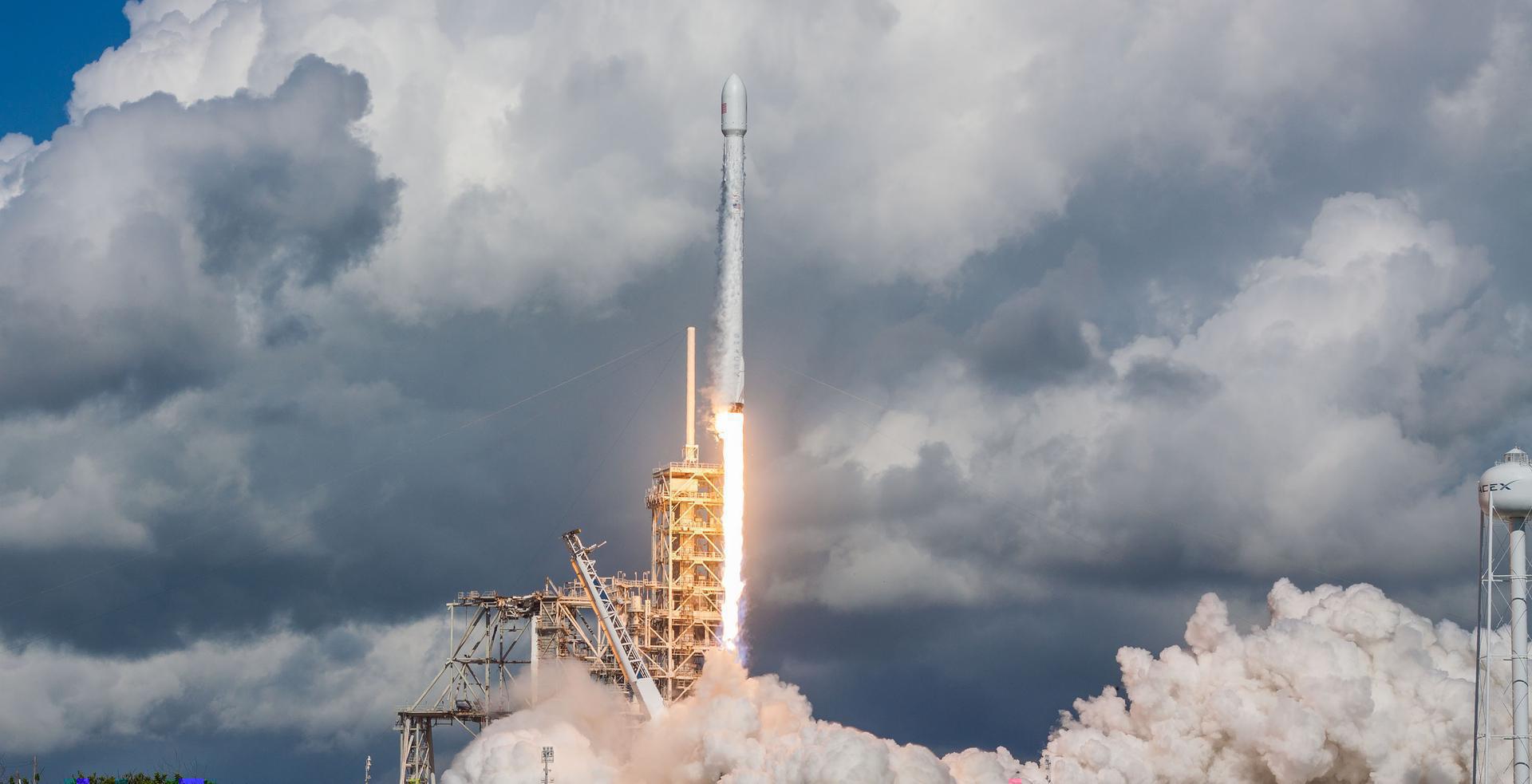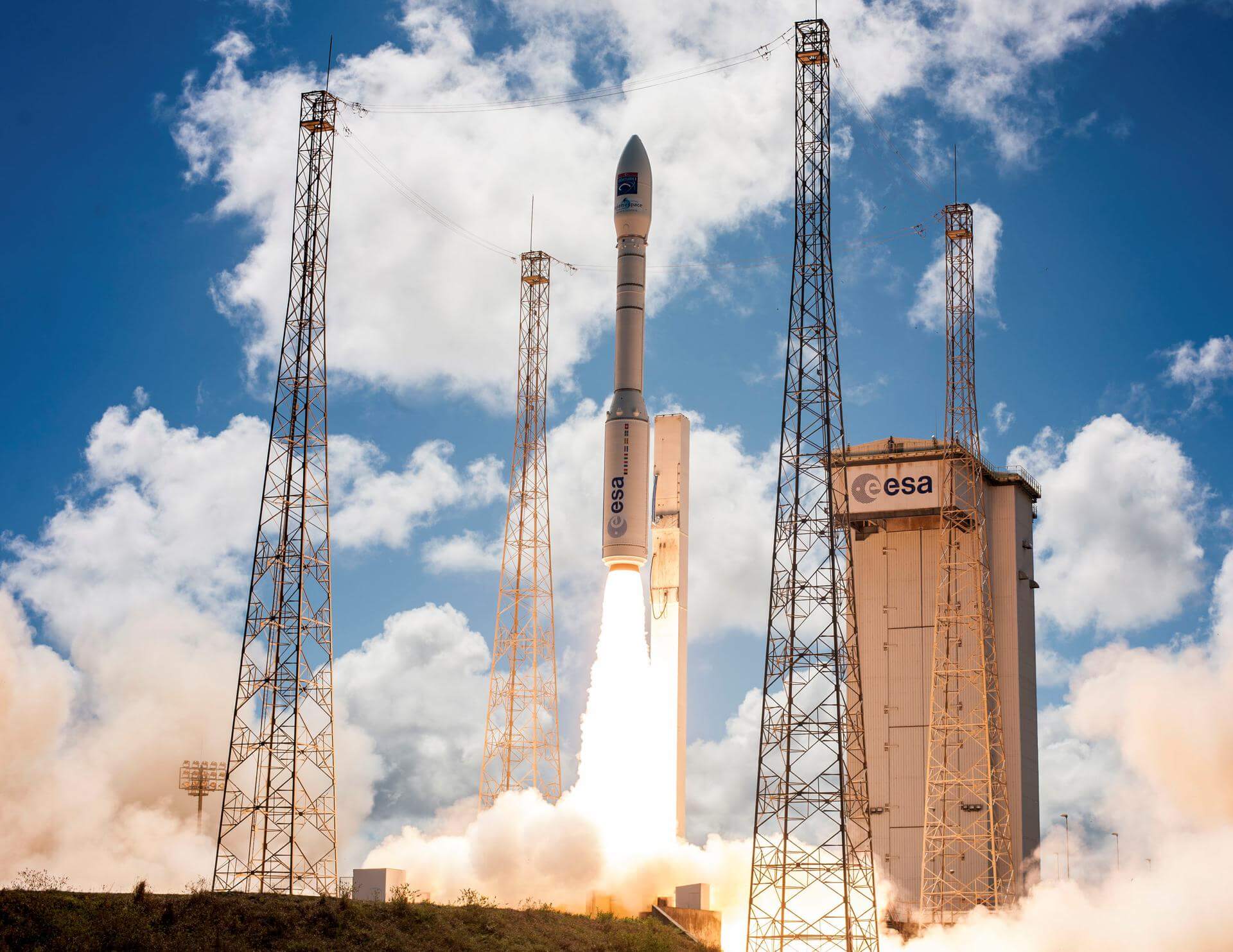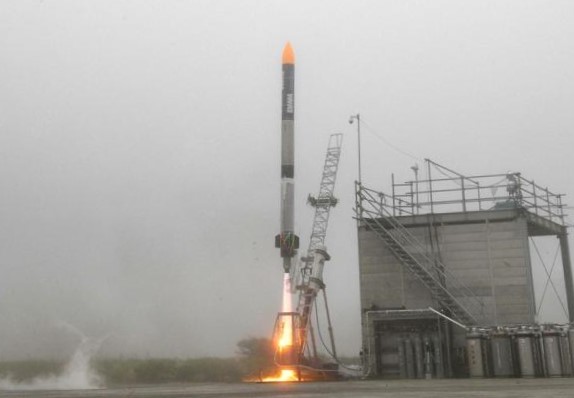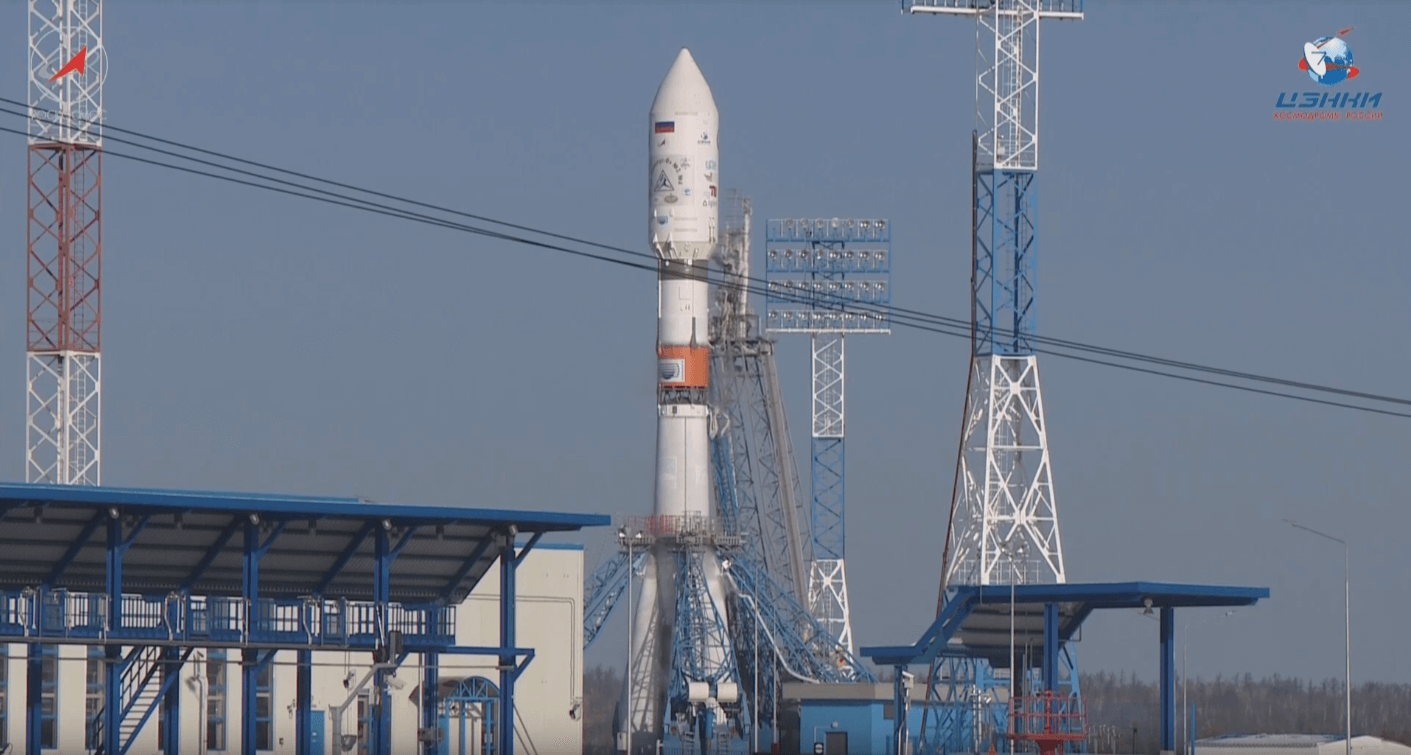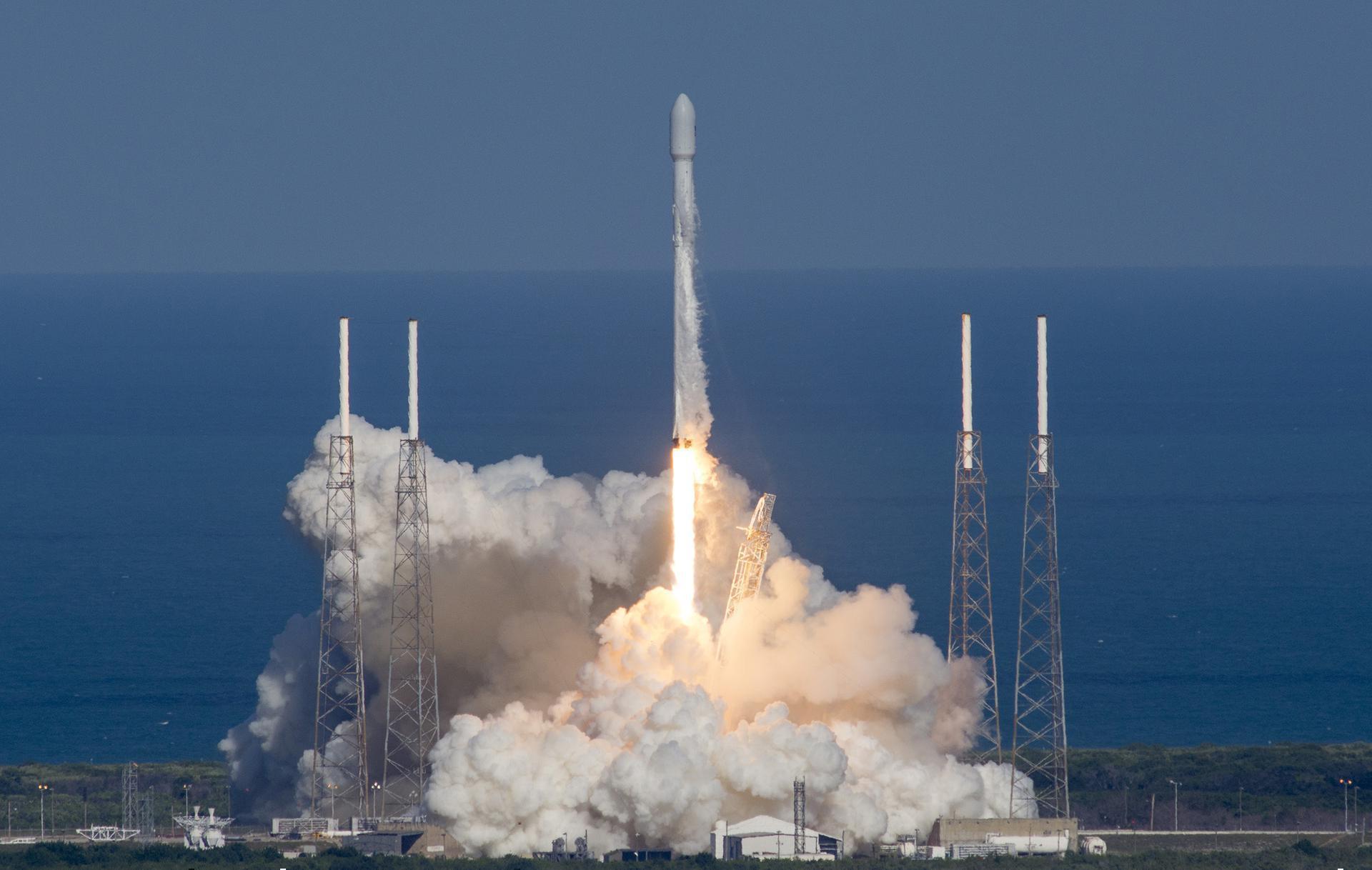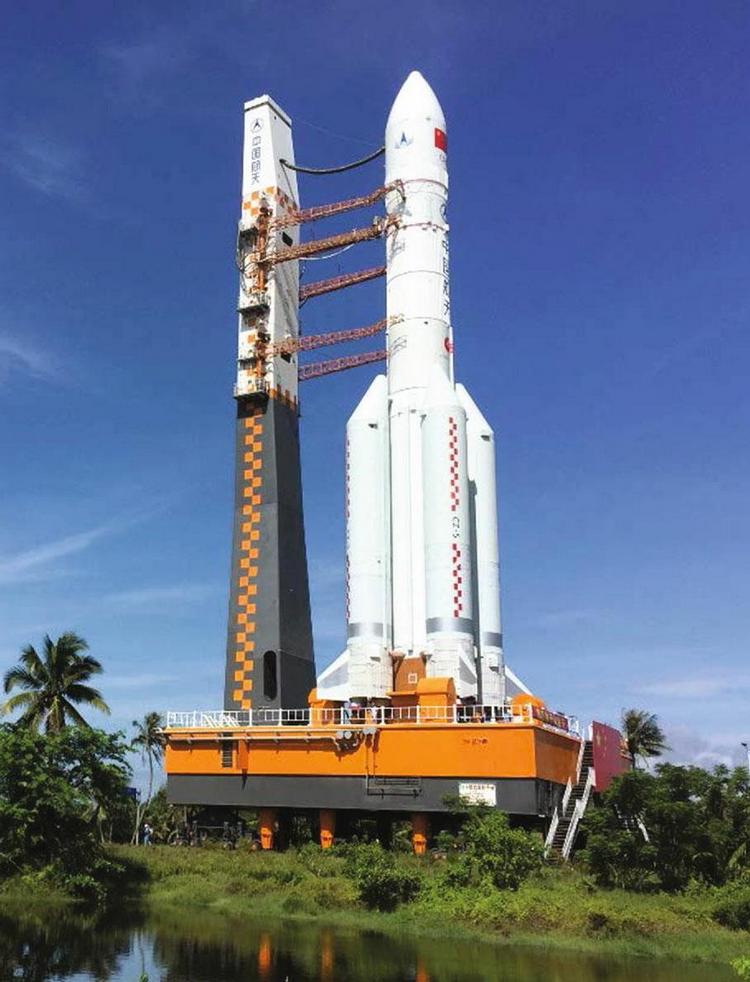Previous Spaceflight Launches
Filter by Agency, Locations or Vehicles
Show All LaunchesProton-M/Briz-M | Blagovest No.11L (Kosmos 2520)
Khrunichev State Research and Production Space Center | RussiaBaikonur Cosmodrome, Republic of Kazakhstan
Aug. 16, 2017, 10:07 p.m.
Falcon 9 Block 4 | SpX CRS-12
SpaceX | United States of AmericaKennedy Space Center, FL, USA
Aug. 14, 2017, 4:31 p.m.
Status: Launch Successful
Mission:
SpaceX launched the Dragon spacecraft on their 12th operational cargo delivery mission to the International Space Station. The flight was conducted under the Commercial Resupply Services contract with NASA.
Low Earth Orbit B1039 - Maiden Flight Landing Zone 1SpaceShipTwo | VSS Unity GF06
Virgin Galactic | United States of AmericaAir launch to Suborbital flight
Aug. 4, 2017, noon
Vega | OptSat 3000 & VENµS (VENUS)
Avio S.p.A | ItalyGuiana Space Centre, French Guiana
Aug. 2, 2017, 1:58 a.m.
Status: Launch Successful
Mission:
OptSat 3000 is an Earth imaging satellite built by Israel Aerospace Industries for the Italian military. It will be placed in a sun-synchronous orbit at an altitude of 600km. It will have a mission life of more than six years. Launched along with it is VENµS, Vegetation and Environment monitoring on a New Micro-Satellite. This is a near polar sun-synchronous orbit microsatellite jointly built by the Israeli Space Agency and CNES. Besides the scientific mission of terrestrial environment monitoring, the satellite is also tasked with verification and validation of the Hall Effect thruster in space.
Sun-Synchronous OrbitMOMO | 1st Test Flight
Interstellar Technologies | JapanHokkaido Spaceport, Japan
July 30, 2017, 7:30 a.m.
Soyuz-FG | Soyuz MS-05
Progress Rocket Space Center | RussiaBaikonur Cosmodrome, Republic of Kazakhstan
July 28, 2017, 3:41 p.m.
Status: Launch Successful
Mission:
Soyuz MS-05 begins expedition 52 by carrying NASA astronaut Randy Bresnik, ESA astronaut Paolo Nespoli and Roscosmos cosmonaut Sergey Ryazansky to the International Space Station. After launching from the Baikonur Cosmodrome in Kazakhstan, they will rendezvous to the station where they will remain for their 6 month stay.
Low Earth OrbitSimorgh | Unknown
Iranian Space Agency | IranSemnan Space Center, Islamic Republic of Iran
July 27, 2017, 9:30 a.m.
Soyuz-2.1a/Fregat | Kanopus-V-IK
Progress Rocket Space Center | RussiaBaikonur Cosmodrome, Republic of Kazakhstan
July 14, 2017, 6:36 a.m.
Falcon 9 Full Thrust | Intelsat 35e
SpaceX | United States of AmericaKennedy Space Center, FL, USA
July 5, 2017, 11:38 p.m.
Status: Launch Successful
Mission:
Intelsat 35e is a geostationary communications satellite for Intelsat. It is the fourth satellite of the EpicNG service, and will cover the Americas, Europe and Sub-Saharan Africa from the 34.5°West orbital position.
Geostationary Transfer Orbit B1037 - Maiden Flight Atlantic OceanLong March 5 / YZ-2 | Shijian 18
China Aerospace Science and Technology Corporation | ChinaWenchang Space Launch Site, People's Republic of China
July 2, 2017, 11:23 a.m.
Status: Launch Failure
Mission:
Shijian 18 is a Chinese experimental geostationary satellite based on the new DFH-5 Bus. Reportedly the transmission capacity of the satellite is double that of current Chinese communications satellites, allowing more television channels and clearer programs to be transmitted. The new satellite will also improve internet connectivity and accessibility as well as reduce users' costs.
Geostationary Transfer Orbit
